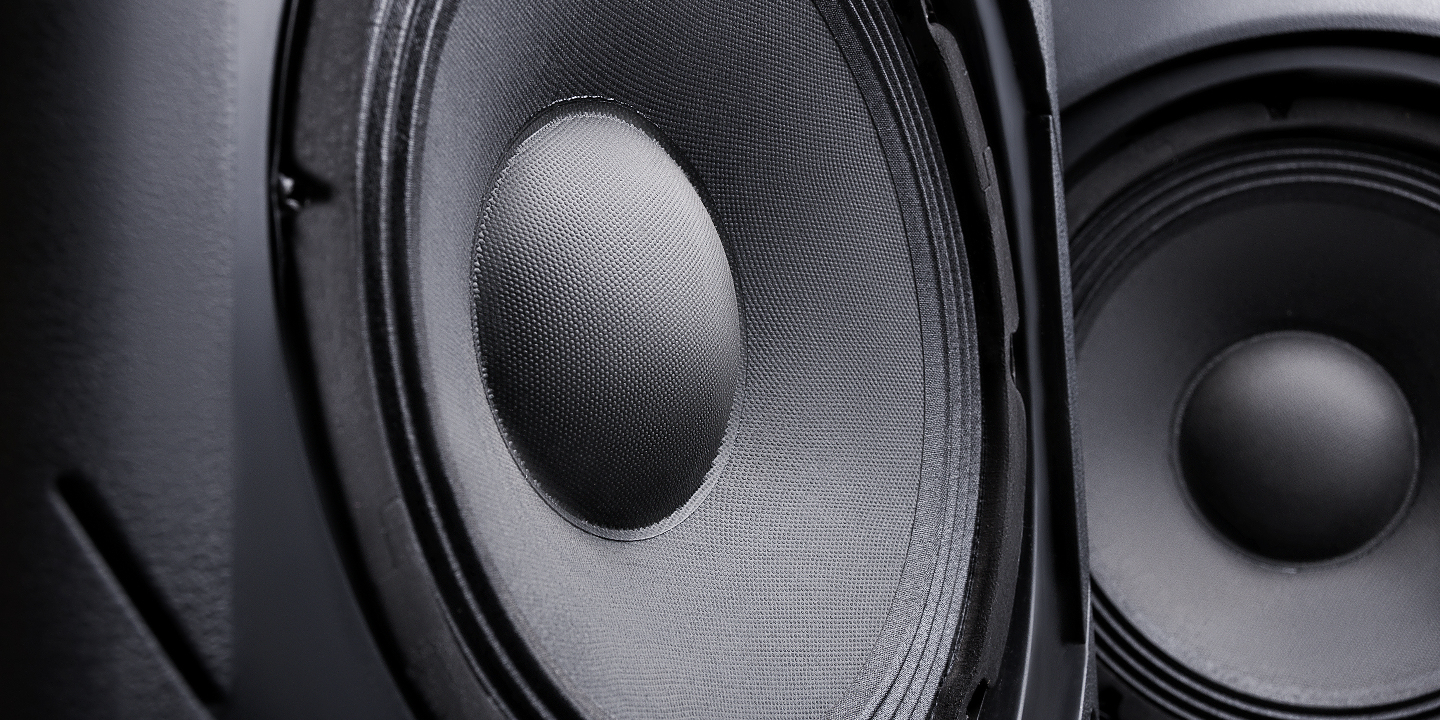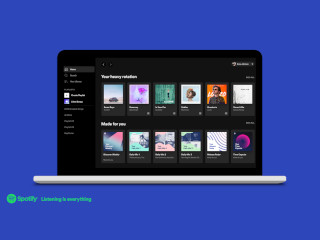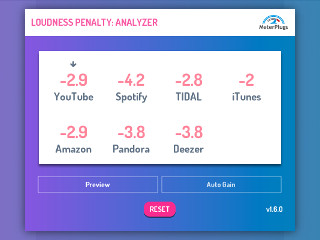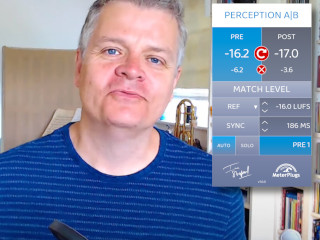Having a consistent, calibrated listening environment can help you make consistent mixing and mastering decisions from project to project. But is there an ideal listening level for sound studios? And how do you go about calibrating your monitors?
Let’s see what the EBU recommends for broadcast and then follow that up with some advice from Bob Katz…
Listening Levels for TV Broadcast
The European Broadcast Union (EBU) publishes specific recommendations (EBU Tech 3276) for sound control rooms so that accurate decisions can be made with regard to programmes. These recommendations include ideal listening levels and limits on early reflection levels, reverberations, frequency response deviations and ambient noise.
How does the EBU recommend that studio monitors be calibrated?
The approach is similar to the one used by the K-System. First, you’ll need to get your hands on a sound pressure level (SPL) meter with an A-weighting setting. Then, play a pink noise signal through each of your monitors, one at a time, and adjust your monitor gain until the SPL meter gives the “correct” reading. The pink noise signal should have an RMS level of -18 dBFS (decibels, full-scale), and you should measure the SPL from your listening position.
What is the ideal SPL reading for each monitor?
It depends on how many monitors you have, since sound is “additive.” In general, as the number of monitors increases, the gain of each one should decrease. In fact, the EBU gives a specific formula for the A-weighted SPL of each monitor (when the pink noise signal is played):
,
where is the number of monitors. For a two-channel, stereo setup, this gives:
The result, 82 dB(A), indicates that playing the pink noise calibration signal through each channel, one at a time, should produce a reading of 82 dB(A) at the listening position. And while the formula might look complicated, you can simply type it into google (after replacing with the number of channels) and it will spit out the result for you ![]()
What About Mixing / Mastering for CD, Streaming, etc.?
In Bob Katz’s How to Make Better Recordings Part 2, he lays down the framework for the K-System and goes into detail about listening levels.
He recommends the following calibration for pop music: a -20 dBFS RMS pink noise signal calibrated to 77 dB SPL (per channel) using an SPL meter with C-weighted, slow response. In comparison to our previous calibration, this means that a -18 dBFS RMS pink noise signal should produce 79 dB(C) with Katz’s system vs. 82 dB(A) with the EBU system. In other words, the calibration for pop music is quieter (by 3 dB) than that for broadcast.
Why is this the case?
Being quieter, Katz’s pop music calibration encourages the use of slightly higher levels, which makes sense since pop music typically has higher levels and less dynamic range than TV programmes, for example. In fact, the K-System’s K-14 scale, where the target RMS is -14 dBFS, will produce an SPL of about 83 dB(C) per channel, which is very close to the EBU recommendation.
Why 82 / 83 dB SPL?
This SPL is considered unpleasant or loud, comparable to an alarm clock, doorbell or saw. When mixing or mastering at this level, you’ll therefore be inclined to dial back the volume and not maintain these levels for all but the loudest parts of your music or programme.
If you’re using the K-System’s K-14 scale, this means that you essentially have 14 dBs of headroom for loud sections while the EBU calibration gives you about 18 dBs.
Katz had this to say about using a fixed, calibrated, monitor gain:
A good film mix engineer can work without a meter and do it all by the monitor, using the meter simply as a guide. In fact, working with a fixed monitor gain is liberating, not limiting.
That’s not too say that you shouldn’t test your mix / master at a variety of levels, in a variety of environments, but having a familiar, calibrated setup to return to can help you develop your ear and become more consistent from project to project.
Now it’s your turn! Have you calibrated your studio monitors? Do you have a particular level that you like to work at? Interested to hear your thoughts in the comments below.






